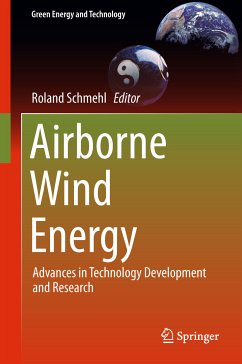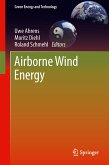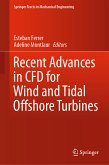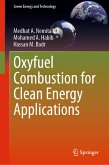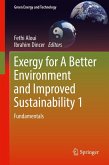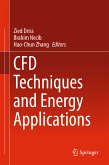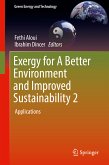The introductory chapter describes the emergence and economic dimension of airborne wind energy. Focusing on "Fundamentals, Modeling & Simulation", Part I includes six contributions that describe quasi-steady as well as dynamic models and simulations of airborne wind energy systems or individual components. Shifting the spotlight to "Control, Optimization & Flight State Measurement", Part II combines one chapter on measurement techniques with five chapters on control of kite and ground stations, and two chapters on optimization. Part III on "Concept Design & Analysis" includes three chapters that present and analyze novel harvesting concepts as well as two chapters on system component design. Part IV, which centers on "Implemented Concepts", presents five chapters on established system concepts and one chapter about a subsystem for automatic launching and landing of kites. In closing, Part V focuses with four chapters on "Technology Deployment" related to market and financing strategies, as well as on regulation and the environment.
The book builds on the success of the first volume "Airborne Wind Energy" (Springer, 2013), and offers a self-contained reference guide for researchers, scientists, professionals and students. The respective chapters were contributed by a broad variety of authors: academics, practicing engineers and inventors, all of whom are experts in their respective fields.
Dieser Download kann aus rechtlichen Gründen nur mit Rechnungsadresse in A, B, BG, CY, CZ, D, DK, EW, E, FIN, F, GR, HR, H, IRL, I, LT, L, LR, M, NL, PL, P, R, S, SLO, SK ausgeliefert werden.

